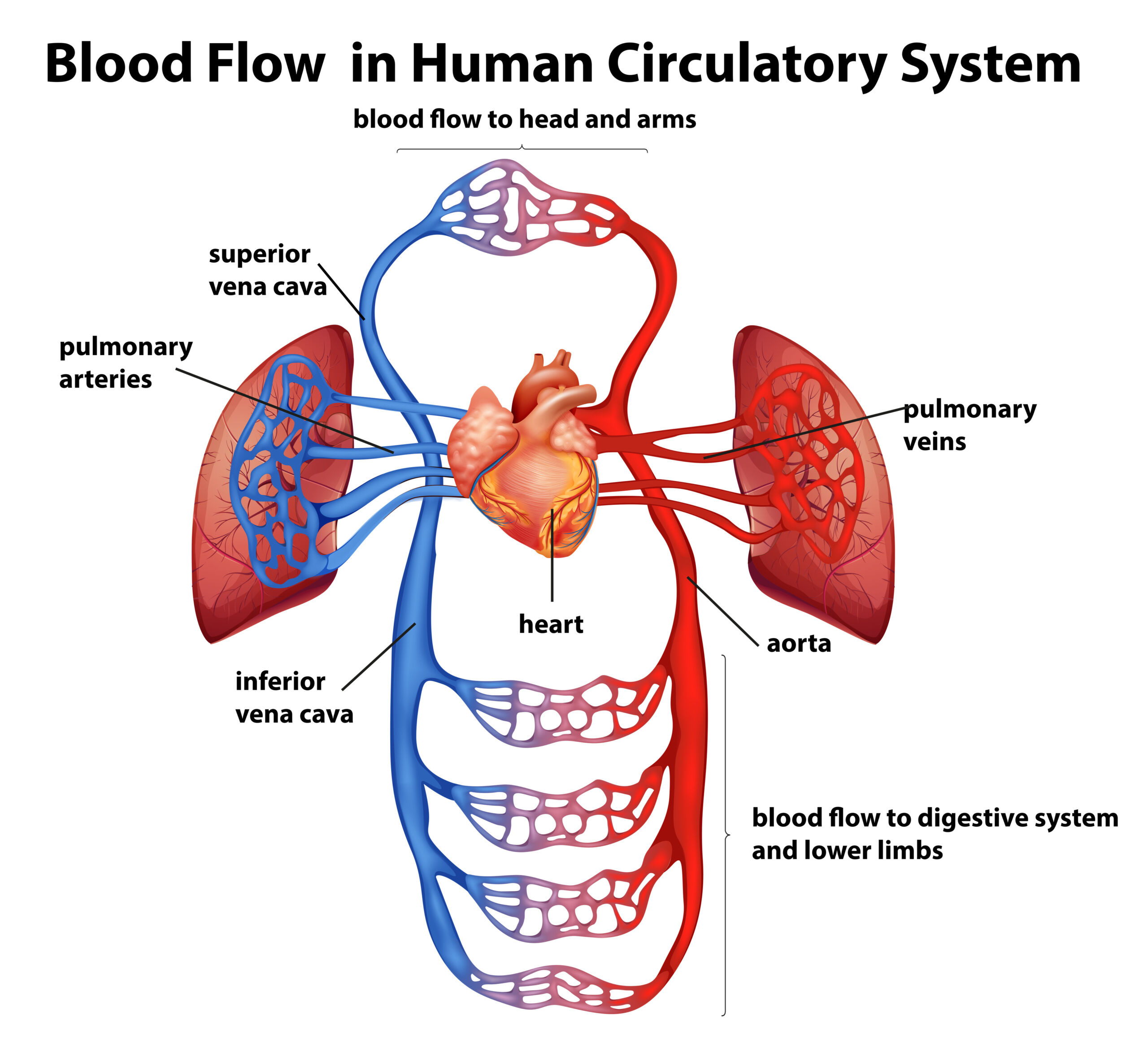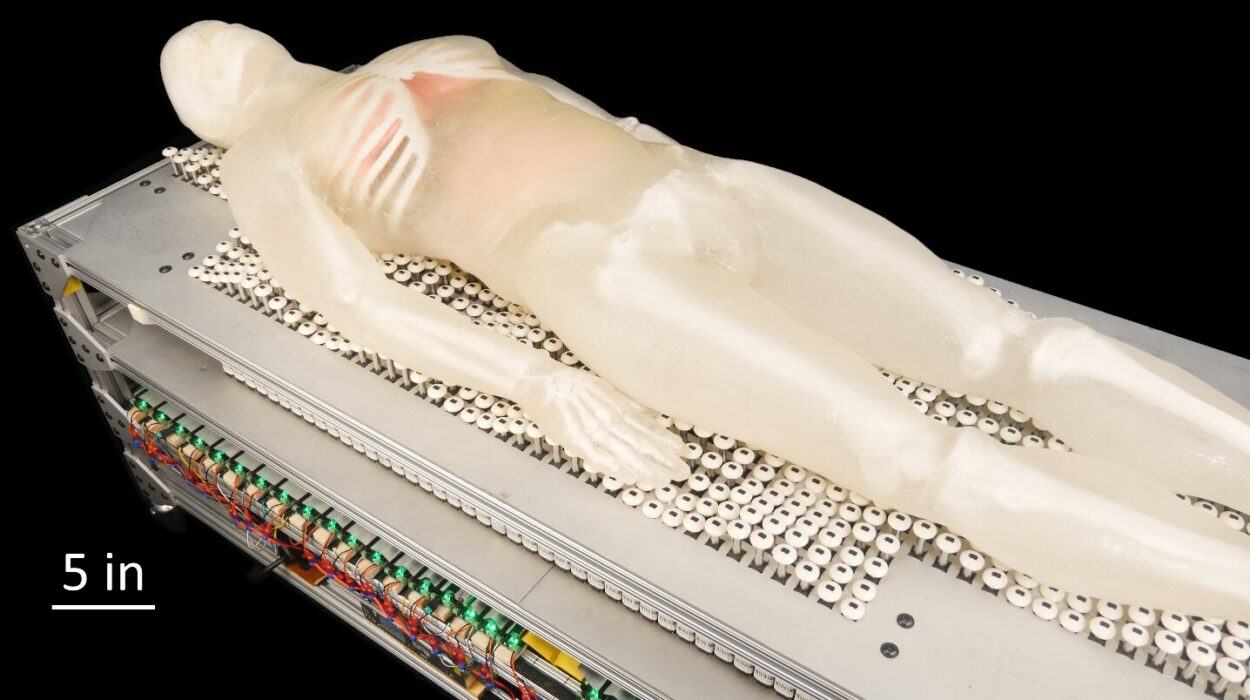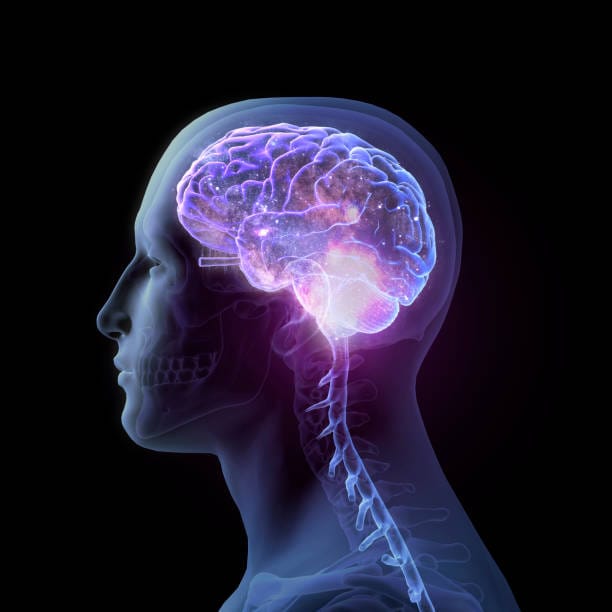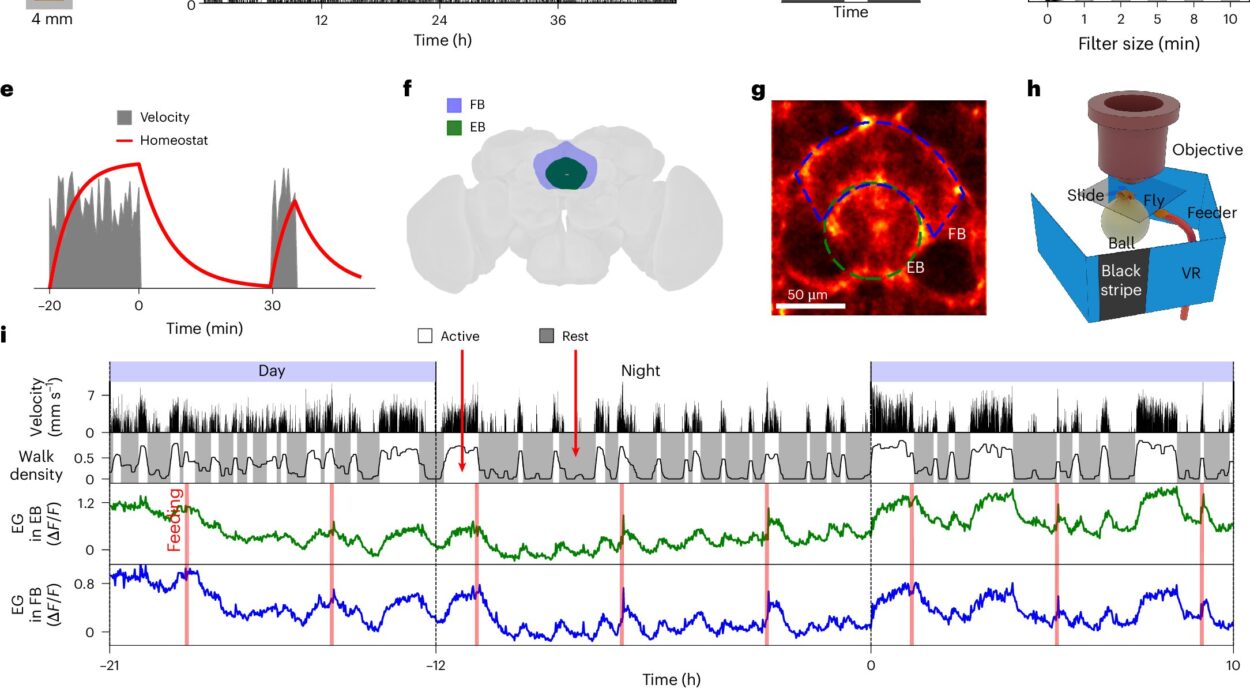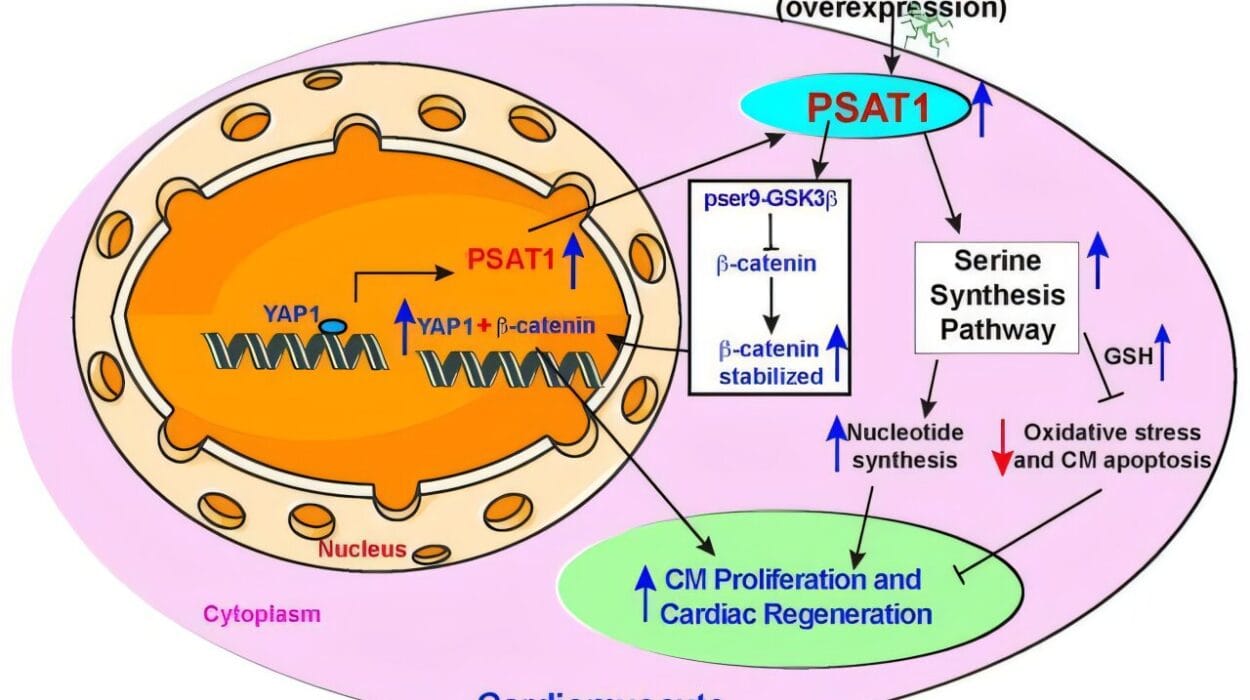At the center of your body, tucked behind your ribs and no bigger than your fist, is a relentless pump that never rests. Day and night, through joy and sorrow, sleep and exertion, it keeps beating, sending life-sustaining blood to every corner of your body. That pump is your heart, and together with a vast network of blood vessels and the crimson river that flows through them, it forms your circulatory system—a marvel of biological engineering that keeps you alive.
Often overlooked in favor of flashier systems like the brain or the muscles, the circulatory system is no less vital. Without it, your cells would suffocate, your organs would starve, and waste would pile up until life itself flickered and failed. This is not just a system—it is the system, a tireless, intricate highway network transporting oxygen, nutrients, hormones, immune cells, and more. It keeps your body a living, breathing miracle.
In this article, we will journey deep into the heart of your body—literally. We will follow a drop of blood from its creation to its many destinations. We’ll see how the system functions, what happens when it goes awry, and how it has shaped the course of medicine, evolution, and human life itself. Buckle up—this is the story of how your blood keeps you alive.
The Blueprint of Circulation: Understanding the System
To appreciate the circulatory system, you need to understand its architecture. At a glance, it’s composed of three key parts: the heart, the blood vessels, and the blood itself. But within these three components lies a world of complexity.
The heart is the engine, the rhythmic force behind every beat. It’s a muscular organ divided into four chambers: the right atrium and ventricle, and the left atrium and ventricle. These chambers work in a carefully coordinated cycle to pump blood in two directions—one toward the lungs for oxygen, and one out to the rest of the body.
The blood vessels are the highways of this system. There are three major types:
- Arteries, which carry oxygen-rich blood away from the heart;
- Veins, which return oxygen-poor blood back to the heart;
- Capillaries, the microscopic bridges where exchange happens—oxygen out, carbon dioxide in.
Then there is the blood itself, the liquid tissue that flows continuously, never stopping, always adapting. It contains:
- Red blood cells, the oxygen couriers;
- White blood cells, the immune warriors;
- Platelets, the emergency repairmen;
- Plasma, the golden fluid that carries nutrients, hormones, and waste.
All of this combines into a closed loop—a circulatory circuit that repeats itself endlessly, like a song playing on an eternal loop, fine-tuned by nature for survival.
The Double Loop: Pulmonary and Systemic Circulation
Your body operates two circulatory loops: one small, one large, both essential.
The pulmonary circulation is the shorter loop, sending blood from the heart to the lungs and back. Oxygen-depleted blood arrives in the right atrium, passes into the right ventricle, and is pumped through the pulmonary arteries to the lungs. There, it picks up oxygen and releases carbon dioxide—like a delivery truck unloading trash and loading new supplies. It then returns via the pulmonary veins to the left atrium, freshly oxygenated and ready for duty.
Then comes the systemic circulation—the long haul. From the left atrium, blood flows into the left ventricle, the heart’s most powerful chamber. From here, it’s blasted through the aorta, the body’s largest artery, and sent cascading through a vast network of arteries, arterioles, and capillaries.
At the capillaries, blood performs its magic: oxygen seeps into tissues, nutrients enter hungry cells, and waste products like carbon dioxide exit into the bloodstream. Then, through veins, the now deoxygenated blood winds its way back to the heart to begin the journey again.
This double-loop system is a masterstroke of evolution—ensuring that every organ, tissue, and cell gets exactly what it needs.
The Heart: Lifelong Drummer
The heart beats about 100,000 times a day, 35 million times a year, and more than 2.5 billion times over a typical lifetime. It’s not just a pump; it’s a conductor, a biological metronome that maintains rhythm in a system where timing is everything.
Each heartbeat is orchestrated by a cluster of specialized cells in the sinoatrial node (SA node)—your body’s natural pacemaker. Located in the right atrium, it sends out electrical signals that prompt the heart to contract. First, the atria contract, pushing blood into the ventricles. Then, a split second later, the ventricles contract, pushing blood into the lungs and body.
This rhythmic contraction and relaxation is known as systole (contraction) and diastole (relaxation). Your blood pressure is a measure of this cycle: the systolic pressure (the peak) over the diastolic pressure (the valley).
While we often associate the heart with emotions—“broken hearts,” “heartfelt apologies,” “heartthrobs”—its true beauty lies in its tireless, mechanical reliability. It asks for little and gives everything.
Blood: The Red River of Life
Blood is not just a red fluid; it’s a complex suspension of living cells in a nutrient-rich liquid. It’s simultaneously a transporter, a defender, a communicator, and a healer.
Red blood cells (RBCs), or erythrocytes, make up about 40–45% of your blood. Shaped like biconcave discs, they are optimized for gas exchange. Each cell contains millions of hemoglobin molecules, which bind to oxygen in the lungs and release it in tissues. Their lifespan? Roughly 120 days—after which they are recycled by the spleen and liver.
White blood cells (WBCs) are the immune system’s foot soldiers. These come in several varieties—neutrophils, lymphocytes, monocytes, eosinophils, and basophils—each specialized in combating different threats. From viruses and bacteria to parasites and tumors, these cells wage microscopic battles every second of your life.
Platelets, or thrombocytes, are fragments of larger cells that help blood clot. When a blood vessel is damaged, platelets rush to the scene, clumping together and releasing chemicals that form a plug—your body’s version of a repair crew.
Plasma is the straw-colored liquid that holds it all together. It’s about 90% water but contains glucose, amino acids, hormones, electrolytes, and waste products. It also carries clotting factors, antibodies, and proteins like albumin and fibrinogen.
Altogether, your blood is a highly specialized tissue, crafted by evolution to sustain the miracle of life.
Capillaries: The Business End
If the heart is the pump and the arteries the pipelines, the capillaries are where the real business happens.
These vessels are thinner than a strand of hair—some just one cell thick—yet they reach nearly every cell in your body. This is where oxygen is exchanged for carbon dioxide, where nutrients enter tissues and wastes are picked up.
This exchange is possible due to diffusion: a passive movement of molecules from areas of high concentration to low concentration. Oxygen diffuses from blood (high concentration) into tissues (low concentration), while carbon dioxide does the opposite.
There are over 60,000 miles of blood vessels in the human body, and the majority of them are capillaries. Their surface area is enormous—about 1,000 square miles—and they are constantly opening and closing, adapting to your needs in real time.
Run a marathon? Capillaries in your legs dilate. Eat a meal? Capillaries in your digestive tract expand. Cold outside? Skin capillaries constrict to retain heat. It’s all controlled by the autonomic nervous system, which you don’t even consciously perceive.
Blood Pressure: The Pulse of Health
Blood doesn’t just flow; it pressurizes. This pressure is essential to push blood through vessels and keep organs perfused.
Normal blood pressure is considered around 120/80 mmHg. The top number (systolic) measures pressure during a heartbeat, while the bottom number (diastolic) measures pressure between beats.
Too high, and the pressure damages arteries, straining the heart and risking strokes. Too low, and blood doesn’t reach organs effectively, leading to dizziness, fatigue, or even organ failure.
The body regulates blood pressure through hormones (like adrenaline), neural reflexes, and chemicals like nitric oxide. It’s a delicate balancing act—too much or too little can be catastrophic.
The Lymphatic System: The Circulatory System’s Hidden Partner
Running alongside the circulatory system is a quieter, often overlooked network: the lymphatic system.
Lymph vessels collect excess fluid that leaks from capillaries and return it to the bloodstream. Along the way, lymph nodes filter this fluid, trapping bacteria, viruses, and other foreign substances. Specialized white blood cells—lymphocytes—then destroy the intruders.
Without the lymphatic system, you’d swell with fluid and be more vulnerable to infection. It’s also key in immune surveillance, cancer spread, and fat absorption from the digestive system.
When Things Go Wrong: Circulatory Diseases
Despite its brilliance, the circulatory system is not invincible. It can fail—and when it does, the results can be tragic.
Atherosclerosis, the buildup of plaque in arteries, is a major culprit. It narrows vessels, restricts blood flow, and can lead to heart attacks or strokes. It’s often caused by poor diet, lack of exercise, smoking, and genetics.
Heart attacks (myocardial infarctions) occur when blood flow to part of the heart is blocked, often by a clot. Strokes are similar but occur in the brain. Heart failure, arrhythmias, aneurysms, and hypertension are all disorders of this system.
Many of these conditions are preventable or manageable with lifestyle changes, medication, and early detection. But they remain among the leading causes of death worldwide, underscoring just how crucial this system is.
Evolution’s Design: The Circulatory System Through Time
The circulatory system didn’t appear overnight. It evolved over billions of years, refined by trial and error in Earth’s ancient oceans.
Simple organisms like sponges and flatworms don’t have circulatory systems; they rely on diffusion. But as animals grew larger and more complex, a faster transport system became essential.
Insects developed open circulatory systems, where blood bathes organs directly. Vertebrates developed closed systems, with hearts and vessels. Fish have two-chambered hearts. Amphibians and reptiles have three. Mammals and birds evolved the four-chambered heart—allowing full separation of oxygenated and deoxygenated blood.
This evolution allows for higher metabolic rates, faster movement, better temperature regulation, and complex brains. In many ways, our circulatory system is the foundation of what makes us human.
The Future of Circulation: Artificial Hearts and Bioengineered Vessels
Medical science is beginning to take over where evolution left off.
Artificial hearts, once science fiction, are now a reality—though still rare and complex. Stents, bypass surgeries, clot-busting drugs, and pacemakers are already common. 3D printing of blood vessels and regenerative medicine may one day allow us to replace damaged circulatory components entirely.
Nanotechnology might send micro-robots through our bloodstreams. Gene therapy could prevent atherosclerosis at the DNA level. The possibilities are staggering.
But perhaps most important is what we can do today: eat well, move often, sleep deeply, and care for our bodies. The circulatory system rewards good treatment with resilience—and punishes abuse with fragility.
Conclusion: The Pulse of Life
Your circulatory system is more than an anatomical feature. It is a saga—a story of design, purpose, and constant motion. It is the liquid thread that binds every cell in your body to the spark of life.
Every time your heart beats, it tells a story: of oxygen soaring to your brain, of immune cells patrolling your veins, of nutrients rushing to heal a wound or feed a growing child. It is the story of your survival, your vitality, and your potential.
So the next time you feel your pulse—or place your hand on your chest and feel the silent rhythm within—remember: that’s not just a beat. That’s your body writing its autobiography, one drop at a time.
